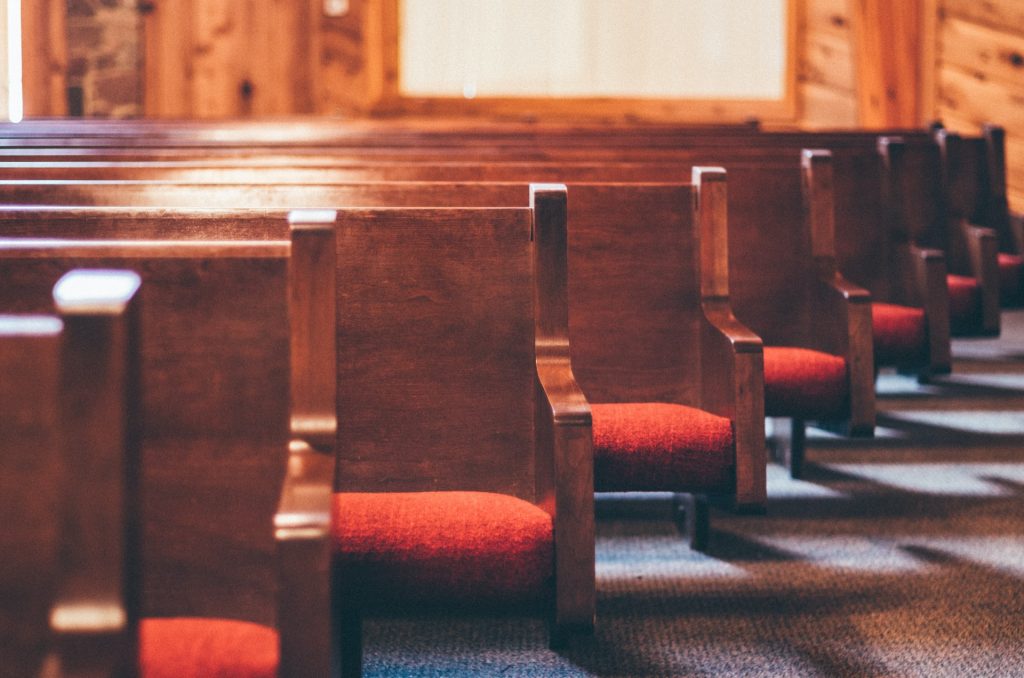Houses of worship have come a long way in a year.
Starting around March 15, 2020, the outbreak of the novel coronavirus (COVID-19) caused most houses of worship (HoWs) around the world to sit empty. HoWs that had livestreaming capabilities streamed some type of stripped-down version of their worship services. Those that had delayed investing in gear to enable them to livestream were stuck with a simple, but far from optimal, solution: setting up a smartphone and streaming live to social media.
When I think back to that Sunday, I remember my mobile phone ringing nonstop all day. Worship leaders were pleading with me to help them get the equipment they needed in order to share their services online. Whatever cost they would incur—within reason, of course—leaders were extremely motivated to purchase equipment. This led to 2020 being a reasonably good year for our industry.
In the early days of the pandemic, worship leaders were focused on getting just enough equipment to put their services online. But, over time, forward-thinking worship leaders realized they would have to invest in equipment and people continuously in order to create content that would engage their audiences initially while also keeping them engaged.
I believe that this year will be a great one for the HoW market. The wretched COVID-19 pandemic continues to disrupt our lives, but, around the world, many HoWs are regrouping, reopening and moving forward with their ministries. In addition, HoW leaders are continuing their efforts to create communication mediums to enable them to connect meaningfully with congregants inside and outside the walls of their physical domains.
Although most HoWs in the U.S. are now able to open, the fact remains that, although some congregants want to attend worship in person with other people, other
congregants prefer to remain in their homes. Leaders know that people who are worshipping at home are also watching big-name ministries that are livestreaming and posting fresh content every week. That knowledge is motivating worship leaders to increase the production value of their own content, including purchasing better equipment and hiring talented people. I call this the “keeping up with the Joneses” effect, and it’s benefitting congregants and our industry.
Today, a typical system that a company like mine is designing and installing consists of equipment required for high-end live production and gear capable of creating major events, whether they are live or recorded. I’ll briefly present an example here.
We are designing a system consisting of lighting that is awesomely sophisticated. It consists entirely of LED lights and multiple moving washes and moving spots—among many other types of light fixtures—that create colorful atmospheres and beautiful looks. The system also incorporates a digital audio console at the front-ofhouse (FOH) location for live sound and a second, identical digital audio console in a broadcast-audio suite. Both of those consoles are connected to a stage box (digital snake), enabling operators to create independent audio mixes—one for the auditorium and one for the livestream. None of this is new to us.
What is new to us, however, is the installation of video cameras inside the auditorium and inside a studio. The cameras in both locations are connected to a video router. The auditorium cameras are routed to a video switcher that’s used for image magnification (IMAG) inside the main worship space. All the cameras are also routed to a second video switcher that’s used to create a unique video production for the online audience. In other words, these two independent, yet integrated, systems are designed to do something unique: They produce a worship experience for those inside the worship space, while, at the same time, hosts who are inside the studio interact with the online audience before the worship experience, at specific times during it and again at the end of the service. This is not only new to us, but, in fact, new to the worship world!
As you can imagine, an extensive, multi-channel communication system is required for the show producers to talk to everyone on the crew. The final product looks a lot like a music award show, and the audiences love it! The product certainly seems to keep the online audience’s attention. Bottom line: Wise worship leaders and their content producers are continuing to refine their productions in order to make both the live worship experience and the online worship experience engaging and worthwhile.
The effect that the desire to “keep up with the Joneses” has for system designers and integrators is that more and more HoWs are striving to work at very high levels of production. I don’t want to sound overtly greedy, but this is Good News for our industry. Actually, I believe it’s a win-win for everyone. Congregants get better content and integrators get new opportunities to earn income.
Your company might also be experiencing high demand from HoWs that want to build expansive production systems. If not, the information provided here might spark ideas for you when you interface with worship leaders who are seeking fresh ways to share their faith with people inside and outside their worship space’s walls. I pray it is so.
To read more about houses of worship from Sound & Communications, click here.
